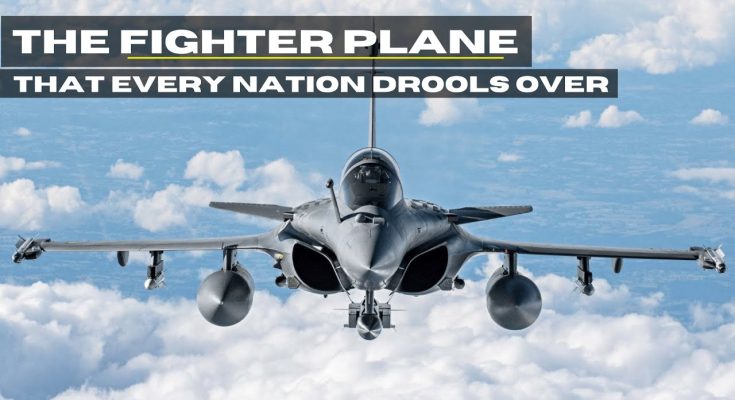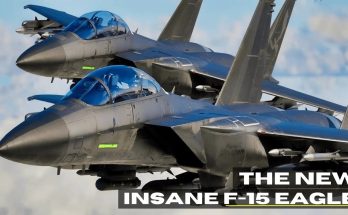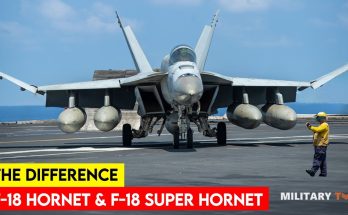The Dassault Rafale is a multi-role fighter jet that has become one of the most coveted aircraft in the world. Known for its versatility, advanced technology, and outstanding performance, the Rafale has earned a reputation as the jet every air force drools over. It combines stealth, agility, and a powerful weapon suite, making it a favorite for many nations looking to bolster their air power. Here’s why the Dassault Rafale is so highly sought after:
1. Multi-Role Capability
The Rafale is designed to perform a wide range of missions, making it an incredibly versatile asset for any air force. Some of its key roles include:
-
Air superiority (engaging enemy fighters and defending airspace).
-
Ground attack (precision strikes against ground targets, including tanks and fortifications).
-
Anti-ship (targeting and destroying naval vessels).
-
Reconnaissance (gathering intelligence through various sensors).
-
Nuclear deterrence (equipped to carry and deliver nuclear weapons in case of strategic warfare).
This flexibility means the Rafale can perform multiple tasks within a single operation, reducing the need for specialized aircraft and increasing its operational efficiency.
2. Advanced Avionics and Radar
The Rafale is equipped with state-of-the-art avionics, ensuring it can operate effectively in modern combat environments. Key systems include:
-
RBE2-AA Radar: A highly capable active electronically scanned array (AESA) radar that allows for simultaneous long-range air-to-air and air-to-ground engagements, even in the most cluttered environments.
-
SPECTRA Electronic Warfare System: This advanced system offers comprehensive protection against a wide range of threats, including radar-guided missiles, infrared tracking, and more.
-
OSF (Optical Sensor Fit): This includes infrared tracking systems that give the Rafale a superior targeting capability for both air and ground operations.
These advanced sensors and systems make the Rafale a highly effective fighter in contested airspace, providing situational awareness and targeting precision that rivals the best in the world.
3. Impressive Maneuverability
The Rafale is renowned for its agility and aerodynamic design. With a delta-wing configuration, the aircraft offers:
-
Exceptional turning capability: It can outmaneuver many adversary fighters, especially in close combat, where agility is key.
-
Supercruise capability: The Rafale can fly at supersonic speeds without the need for afterburners, providing both speed and fuel efficiency during long-duration missions.
-
Vertical Takeoff and Landing (VTOL) compatibility**: While not a dedicated carrier-based jet like the F/A-18 Super Hornet, the Rafale can operate from aircraft carriers with tailhook systems for arrested landings, adding flexibility to its deployment options.
This combination of maneuverability and speed makes the Rafale a formidable opponent in both air-to-air and air-to-ground engagements.
4. Stealth and Low-Observable Features
While not fully “stealth” like the F-22 or F-35, the Rafale incorporates numerous stealth-like features that reduce its radar cross-section and enhance its survivability in hostile environments:
-
Shaped airframe: The aircraft’s design reduces radar signature.
-
Advanced coatings: It employs radar-absorbing materials to help minimize detectability.
-
Internal weapons bay: To enhance stealth, the Rafale can carry weapons inside its fuselage, reducing drag and its radar profile when stealth is critical.
These features allow the Rafale to operate effectively in contested airspace while retaining superior combat capabilities.
5. Carrier Capabilities
The Rafale M (Naval variant) is one of the few multi-role fighters designed to operate from aircraft carriers, particularly the French Charles de Gaulle. With its reinforced landing gear, tailhook, and ability to take off from short runways, the Rafale M is highly valued by countries with naval air capabilities, including:
-
France (its primary operator).
-
India (which has ordered Rafale M for its aircraft carriers).
-
Qatar and other countries with carrier-based operations.
The ability to operate from both land bases and aircraft carriers provides flexibility for the Rafale, making it an essential tool in both land-based and naval operations.
6. Weapons Integration
The Rafale boasts one of the most impressive weapons suites available, allowing it to deliver a wide variety of payloads across multiple mission profiles:
-
MICA and Meteor missiles: Advanced air-to-air missiles that offer extended range and precision targeting.
-
SCALP EG: A long-range cruise missile for precision strikes on high-value targets.
-
Hammer: A highly flexible precision-guided munition for targeting enemy installations or vehicles.
-
Nuclear weapons: The Rafale can carry France’s ASMP-A nuclear missile, providing strategic deterrence capabilities.
The Rafale can carry a combination of weapons (up to 14, including bombs, missiles, and rockets), which makes it a formidable force in both air-to-air and air-to-ground combat.
7. Global Appeal and Export Success
The Dassault Rafale is not just a favorite for France; it has gained significant export success due to its impressive capabilities:
-
India: One of the largest buyers, with a deal for 36 Rafale jets signed in 2016.
-
Qatar: Purchased 36 Rafales, adding to its growing air force capabilities.
-
Egypt: Bought several Rafales to modernize its fleet.
-
UAE: Negotiated deals for Rafale acquisitions to enhance its air defense.
Many countries value the Rafale’s performance, versatility, and interoperability with other NATO and allied systems, making it a top choice for countries looking to upgrade their air forces.
8. Low Maintenance and Cost Efficiency
Despite its advanced capabilities, the Rafale is designed to be cost-efficient to maintain and operate. Compared to some other modern fighters, the Rafale’s operating and maintenance costs are competitive, especially given its multi-role capabilities. The Reliability of the Rafale has been proven through extensive operational service, making it less costly to maintain in the long run.
9. Success in Combat
The Rafale has seen combat service in various regions, proving its effectiveness in real-world operations:
-
Libya (2011): Rafales were deployed in NATO operations, conducting airstrikes against targets in Libya.
-
Afghanistan: Participated in strikes against insurgent targets.
-
Syrian and Iraqi Operations: Deployed in the fight against ISIS, the Rafale proved its value in both airstrikes and surveillance operations.
These combat successes have cemented the Rafale’s reputation as a reliable and effective combat aircraft in modern warfare.
10. Dassault’s Legacy and Reputation
Dassault Aviation, the maker of the Rafale, has a long history of producing highly regarded fighter jets, including the Mirage series. Their focus on innovation, quality, and performance is reflected in the Rafale, which incorporates decades of experience in fighter design and development. The Rafale continues to be the result of continuous research and feedback from both the French Air Force and Naval Air Arm.
Conclusion:
The Dassault Rafale is one of the most advanced and capable fighter jets on the market today, blending cutting-edge technology, versatility, and combat effectiveness. Its multi-role capabilities, advanced avionics, and strong global appeal make it the jet every air force drools over. Whether operating from aircraft carriers or land bases, the Rafale’s impressive performance, ability to integrate into modern combat scenarios, and proven track record in combat ensure its place as a top-tier fighter in the world’s most powerful air forces.



